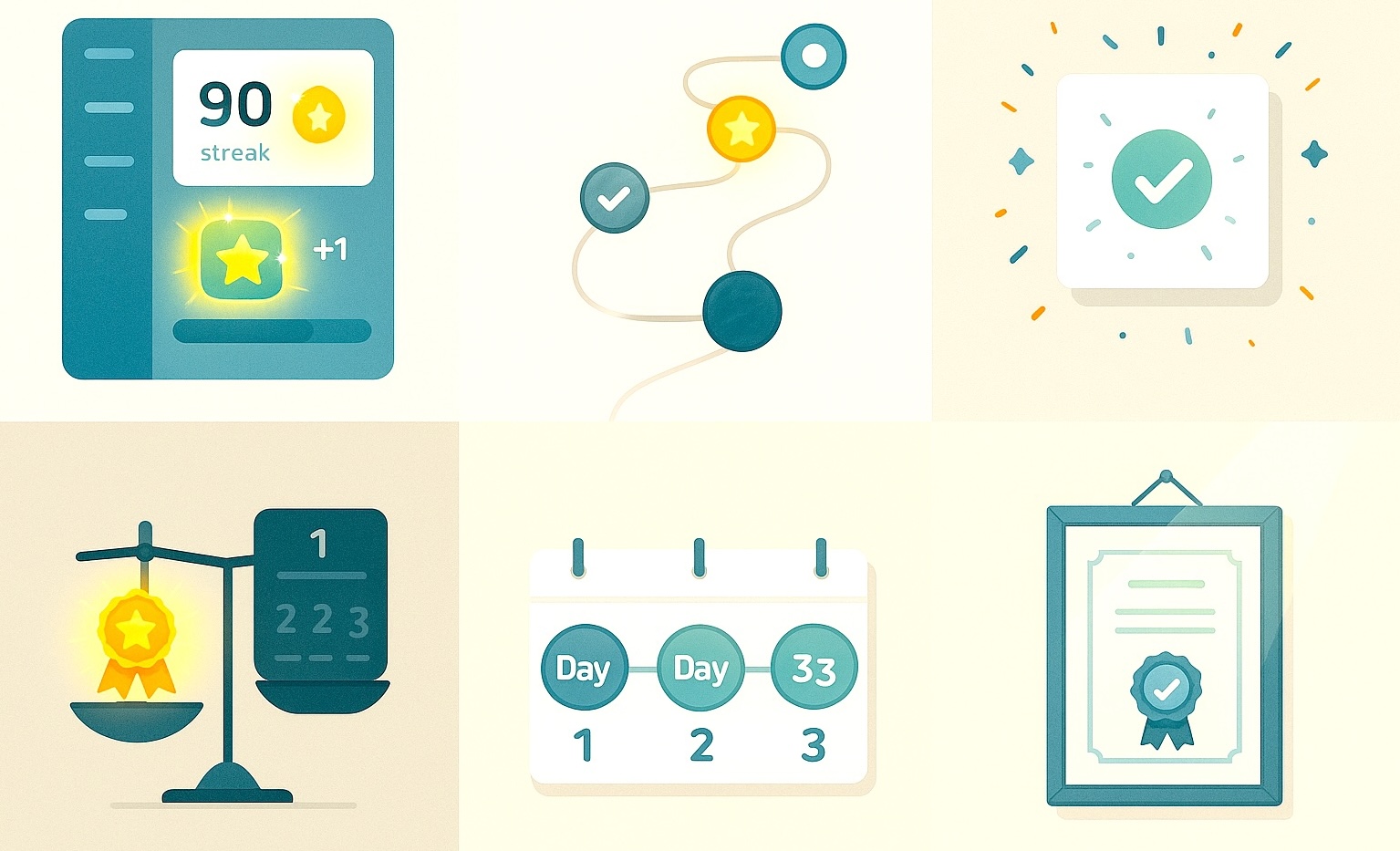
by BrainStream Chief User Experience Officer Yung-Wen Cheng
Gamification has become a powerful approach in the design of educational applications, such as the famous language learning app, Duolingo, and the recent released Learn Your Way by Google. By integrating elements commonly associated with games—such as points, badges, streaks, or levels—designers can make academic tasks more engaging and rewarding for students. When applied thoughtfully, gamification transforms routine progress tracking into a motivating experience.
For students, small achievements can reinforce consistency and discipline. A progress streak, for instance, encourages daily engagement, while badges or certificates provide tangible recognition of effort. However, successful gamification requires balance. Overuse of competitive features, such as public leaderboards, may create unnecessary pressure or discourage those who fall behind. Similarly, excessive visual clutter can distract from the primary goal: learning.
The key lies in designing gamified features that support, rather than overshadow, educational objectives. Subtle animations, celebratory microinteractions, and milestone acknowledgments can foster a sense of accomplishment while maintaining focus on progress. Ideally, gamification should feel like encouragement rather than competition.
In essence, gamification of BrainStream’s UX is not about making study a game, but about using playful design to reinforce motivation and persistence. Done well, it helps students feel recognized, supported, and inspired to continue their educational journey.

